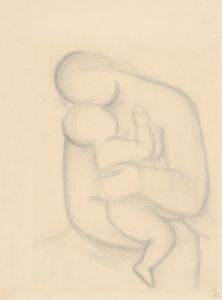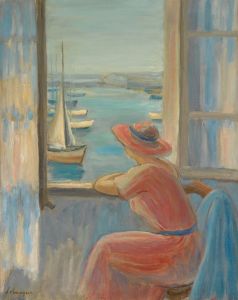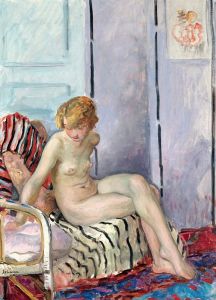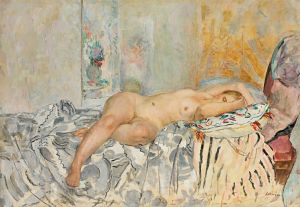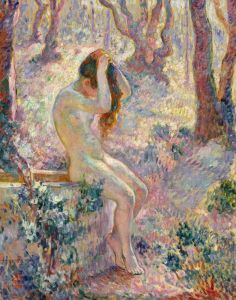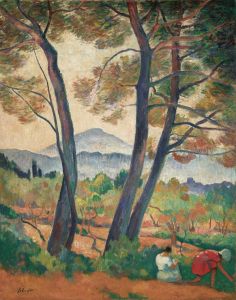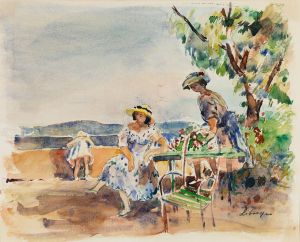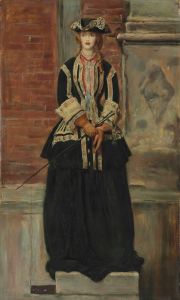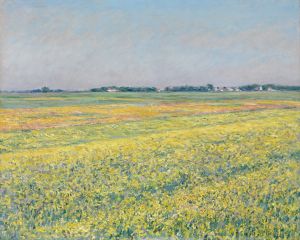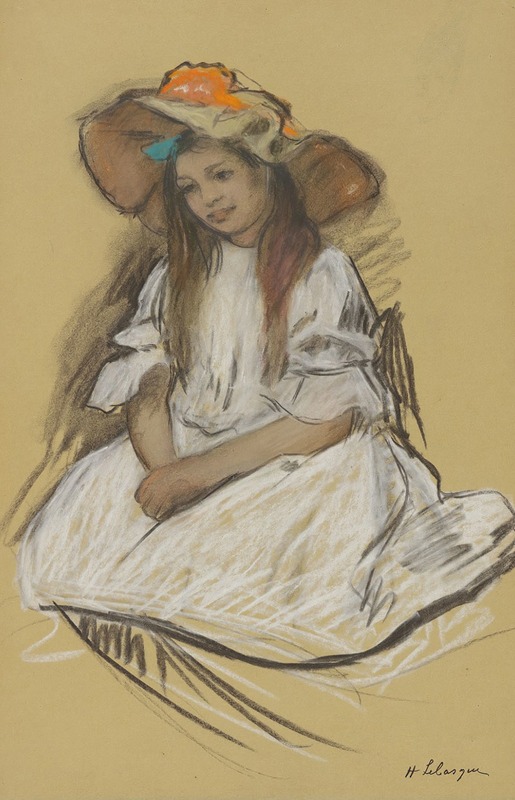
Nono
A hand-painted replica of Henri Lebasque’s masterpiece Nono, meticulously crafted by professional artists to capture the true essence of the original. Each piece is created with museum-quality canvas and rare mineral pigments, carefully painted by experienced artists with delicate brushstrokes and rich, layered colors to perfectly recreate the texture of the original artwork. Unlike machine-printed reproductions, this hand-painted version brings the painting to life, infused with the artist’s emotions and skill in every stroke. Whether for personal collection or home decoration, it instantly elevates the artistic atmosphere of any space.
Henri Lebasque (1865–1937) was a French post-impressionist painter known for his vibrant use of color and light. He was associated with the Fauvist movement and was a contemporary of artists like Henri Matisse and Pierre Bonnard. Lebasque's work often depicted intimate domestic scenes, landscapes, and portraits, characterized by a sense of warmth and tranquility.
"Nono" by Henri Lebasque is one of his notable works, capturing the essence of his artistic style. The painting is a portrait of a young girl, believed to be one of Lebasque's daughters, as he often used his family members as subjects in his art. This personal connection adds an intimate and affectionate quality to the piece. The title "Nono" is likely a nickname or term of endearment, reflecting the close relationship between the artist and the subject.
Lebasque's technique in "Nono" exemplifies his mastery of color and light. He employed a palette of soft, harmonious colors, creating a serene and inviting atmosphere. The brushwork is fluid and expressive, typical of Lebasque's style, which often emphasized the emotional and sensory experience of the viewer. The use of light in the painting is particularly noteworthy, as it illuminates the subject's face and creates a gentle contrast with the background, drawing the viewer's attention to the girl's expression and posture.
The composition of "Nono" is carefully balanced, with the subject positioned slightly off-center, creating a dynamic yet stable visual effect. This compositional choice reflects Lebasque's understanding of spatial harmony and his ability to convey a sense of calm and balance in his work. The background is rendered in soft, muted tones, allowing the figure of the girl to stand out without overwhelming the viewer.
Lebasque's work, including "Nono," is often celebrated for its ability to capture the beauty of everyday life. His paintings are imbued with a sense of joy and contentment, inviting viewers to appreciate the simple pleasures and quiet moments that define human experience. "Nono" is a testament to Lebasque's skill in portraying the tenderness and innocence of childhood, a theme that resonates with many of his other works.
Throughout his career, Henri Lebasque exhibited his paintings in various prestigious venues, including the Salon des Indépendants and the Salon d'Automne in Paris. His work gained recognition and appreciation for its unique blend of impressionist and fauvist elements, and he became an influential figure in the art world of his time.
Today, "Nono" and other works by Lebasque are held in private collections and museums worldwide, continuing to captivate audiences with their timeless beauty and emotional depth. Lebasque's legacy as a painter who celebrated the joys of life and the warmth of human relationships endures, making his art an enduring subject of study and admiration.






